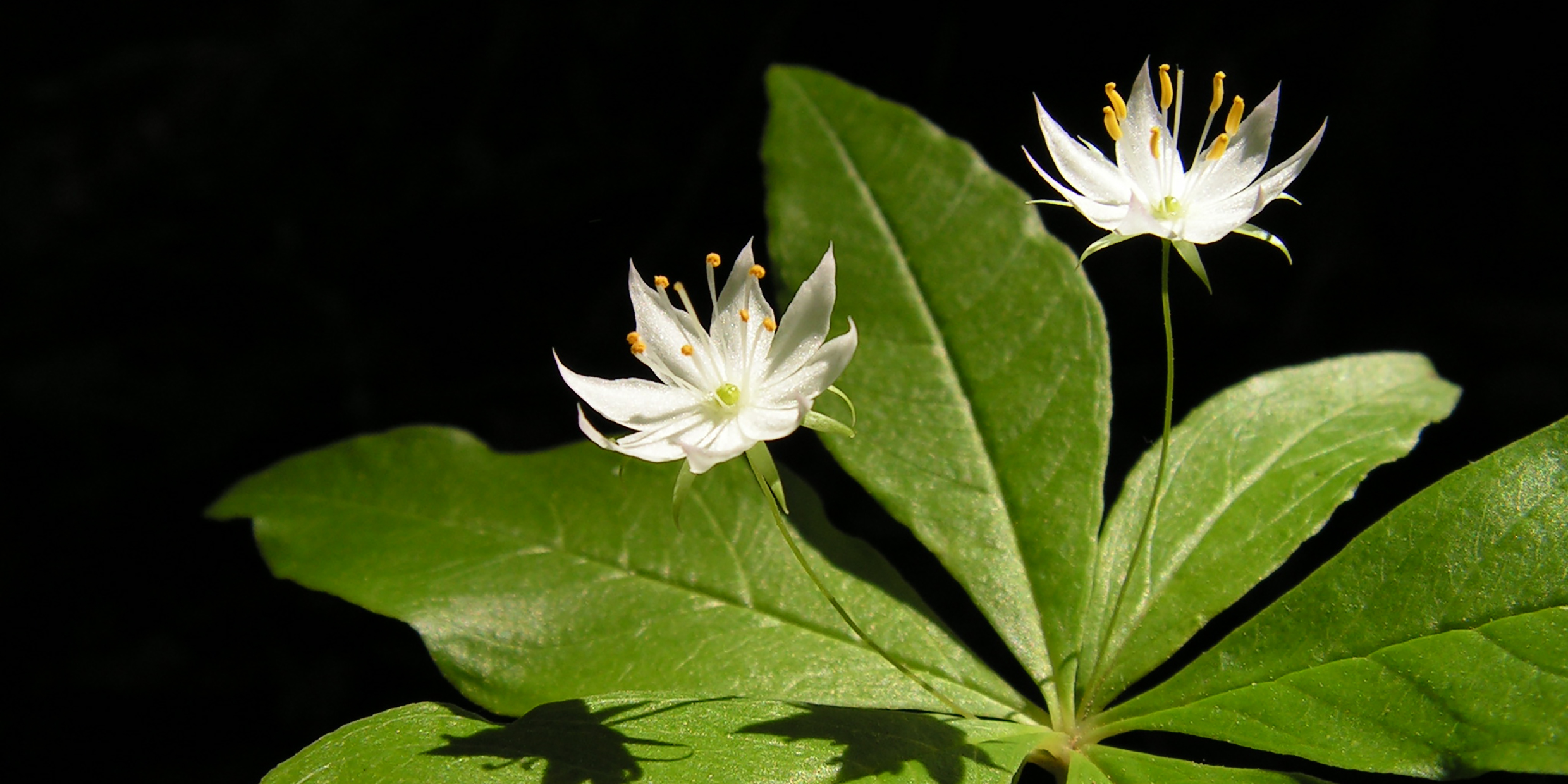Originally published 14 June 1993
There is a certain magic moment in the spring woods near my house when the ladyslippers and starflowers bloom together.
Whatever it is in the season and the soil these flowers like, it suits them both. Where you find one, you find the other, in cozy company.
But what different plants! The ladyslipper is large, lush, almost tropical in its thick-stalked gaudy exuberance. The two-blossomed starflower is lithe and pale, with threadlike stems.
Each plant begins life as a single cell, and there is no mystery in biology deeper than the development of mature plants or animals from microscopic fertilized eggs. What directs the prodigious multiplication of cells into a blossoming ladyslipper or starflower? One cell becomes two; two becomes four; four becomes eight. As they split, cells diversify for special functions: roots, stems, leaves, petals, stamens, pistils.
The process is called morphogenesis, and it seems a miracle.
Aristotle thought a creative spirit associated with the male sperm gave shape to the amorphous material of the female egg. Other ancient thinkers imagined that every germ cell contained a tiny but complete replica of the mature plant or animal, that had only to enlarge its size. (The question of where those microscopic effigies came from caused natural philosophers considerable trouble.)
The rise of materialist philosophy in the 17th century brushed Aristotle’s spirits aside, and the invention of the microscope put the miniature effigy theory to rest. Which left developmental biologists dangling in the wind. When I was a school kid, they were still doing a lot of handwaving about genes and the fissioning of cells, but they didn’t know much more about morphogenesis than did Aristotle.
The discovery of the structure of DNA by Watson and Crick in the 1950s made it clear that this remarkable molecule was the basis for genetics and reproduction, but huge mysteries remained about how genes are expressed in space and time in such a way as to lead to the orderly development of an organism.
One day in the late 1950s, I was eating a brown-bag lunch with a friend in the botanical garden of the University of California at Los Angeles. We were surrounded by a wonderful profusion of plants of every size and shape — trees, shrubs, vines, cacti, wildflowers. My friend took it all in and said, “Mathematics.”
I asked, “What?”
“The way these things grow,” he replied; “It is all mathematics. I don’t know how, but it’s gotta be mathematics.”
I wasn’t convinced. I was too much the poet then, too much agog at the wonder of life to allow my friend to reduce the gorgeousness of the botanical garden to mere numbers.
A few years later, I obtained a copy of D’Arcy Thompson’s On Growth and Form. That 1917 classic had just been re-issued in an abridged paperback by Cambridge University Press. Thompson seemed to agree with my friend. The book offered a huge compendium of mathematical patterns observed in the structure and growth patterns of plants and animals.
“Mathematics, it’s all mathematics,” Thompson seemed to say.
OK, but how does it happen? How can a single cell unfold a ladyslipper or a starflower? Or a human being? Thompson’s book has recently been re-published by Dover in an unabridged version three times thicker than the edition I read in 1961 — even more evidence that morphogenesis is strikingly mathematical. But Thompson didn’t have the foggiest idea how it happens.
The answer is still uncertain, although cell biologists are making remarkable breakthroughs. Recent studies in the computer modeling of plant development may offer another key to the mystery.
Using programming languages especially designed for the purpose, computer scientists are causing colorful gardens to flourish on monitor screens. At first, these artificial plants were not much more realistic than stick figures drawn by children, but they grew, branched, and blossomed in response to their digital environment. They even evolved.
In recent years, plants on computer screens have become uncannily realistic, almost indistinguishable from photographs of real plants. Forests of pine trees with needles and cones. Field of sunflowers. Rose gardens. Lily ponds. The plants grow, self-replicate, respond to external factors, even mutate, all according to mathematical rules.
Mathematics, all mathematics.
Call it “virtual botany.”
We’ll be seeing more of these virtual gardens soon — in TV commercials, as special effects in movies, and in science documentaries. The important thing to remember is this: The plants we watch growing and developing on screen are specified by strings of symbols — programs — that are far less complex than the information contained in a single cell’s complement of DNA.
Granted, the virtual gardens on computer monitors are presently no more than arbitrary models of real plants, but they will almost certainly lead to fresh insights into the riddle of morphogenesis. At the very least they make it clear that the development of plants and animals from single cells is something less than miraculous.



